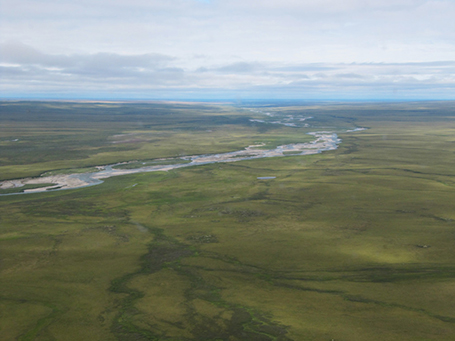Restoring Fossil Creek
At 6 A.M. on the first day of winter break, a van full of high school stu- dents and teachers set out for Fossil Creek in Arizona to conduct measurements for an ongoing environmental project (which monitors changes to the creek). The group had a long day ahead—hiking about 7 […]
